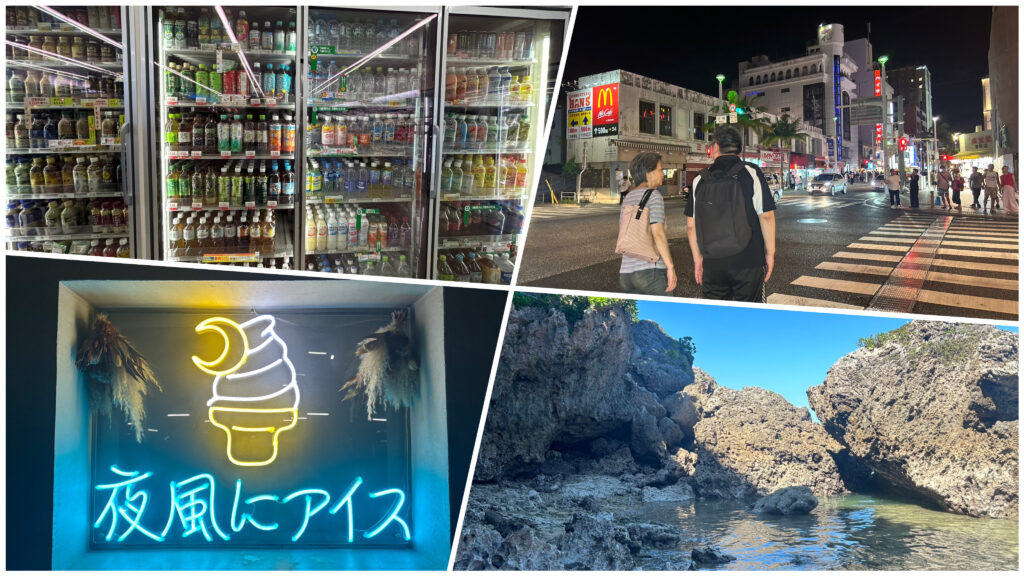
Koreans are becoming more interested in traveling to Japan. This time, statistics from the Japanese government confirmed that.
According to a recent report, the number of Korean tourists visiting Japan as of June 2023 is showing remarkable growth. According to figures released by the Japanese Government Tourism Bureau (JNTO), 545,100 Koreans visited Japan during the period. This is a further increase from the 500,000 mark in May, the previous month, and exceeded the 560,000 mark during the peak winter season between January and February. In addition, compared to June 2019, the recovery rate reached a remarkable 89.1%. In the first quarter of this year, the recovery rate was 70% compared to 2019, but now it is close to 90%. It’s an incredible speed. However, it is expected that Koreans’ interest in traveling to Japan will increase further. Koreans also topped the list of Japanese visitors by country. Among all foreign visitors to Japan, the proportion of Koreans stood at 26.3% in June, 1.4 times that of Taiwan, the second-largest. In particular, in the first half of the year, the proportion of Koreans was 29.2%, showing a faster recovery than in other countries.Strengthen screening of gold products when entering Japan! Precautions and reporting tips
Since the end of the COVID-19 pandemic, many people have been traveling abroad to Japan. Recently, however, more and more customs are strictly examining the import of gold or gold products when entering Japan, causing inconvenience. This is because screening has been strengthened to prevent smuggling of precious metals as the number of Japanese immigrants increases. Let’s look into the Japanese customs’ regulations on bringing in gold products and how to report them. Regardless of the purity, weight, or use (worn) of the reporting criteria for gold or gold products by Japanese customs, it must be reported if gold or gold products are brought in. In addition, thanks to the current low yen, the number of travelers to Japan is expected to increase more significantly during the summer vacation season. This is because the cost-effectiveness of traveling to Japan stands out due to rising domestic prices. However, the pressure of inflation in Japan is also increasing, so we don’t know how the situation will change in the future. Still, travel agency officials also say, “The proportion of reservations for Japanese products from July to August is the largest,” and that it is likely to be close to the level before No Japan. In fact, it is no exaggeration to say that Korea is currently the most important market in Japan’s inbound. The Korean branch of the Japanese government’s tourism bureau expects to catch up to the level of 2018 when there was no aftermath of COVID-19 and No Japan this year. Until now, the Japanese inbound industry has been worried that Japan may have been forgotten as a travel destination for the past three years, but as soon as the border was opened, many Koreans were visiting Japan, which is causing joy.

So many Koreans are visiting Japan, but the air route has not yet reached its old level. During the 2019 summer season, 1,200 flights per week traveled between 27 Japanese airports and 8 Korean airports. However, as of May this year, 12 airports in Japan and 7 airports in Korea are connecting about 900 flights per week, and local routes have not recovered as much as before COVID-19. So now, many Koreans are mainly visiting big cities. More Koreans are expected to visit Japan when Japan’s regional airport connections are restored in the future.Then why do you visit Japan rather than a similar travel destination in Korea? 1) Reports continue to emerge that Jeju Island/Ulleungdo Island is due to high prices and inadequacy (for accommodation costs). 2) Factors to enjoy such as leisure and entertainment are expensive and insufficient.
For example, the cost of Korean golf and water leisure is now too high to be shunned by the public.
JENNIFER KIM
US ASIA JOURNAL

